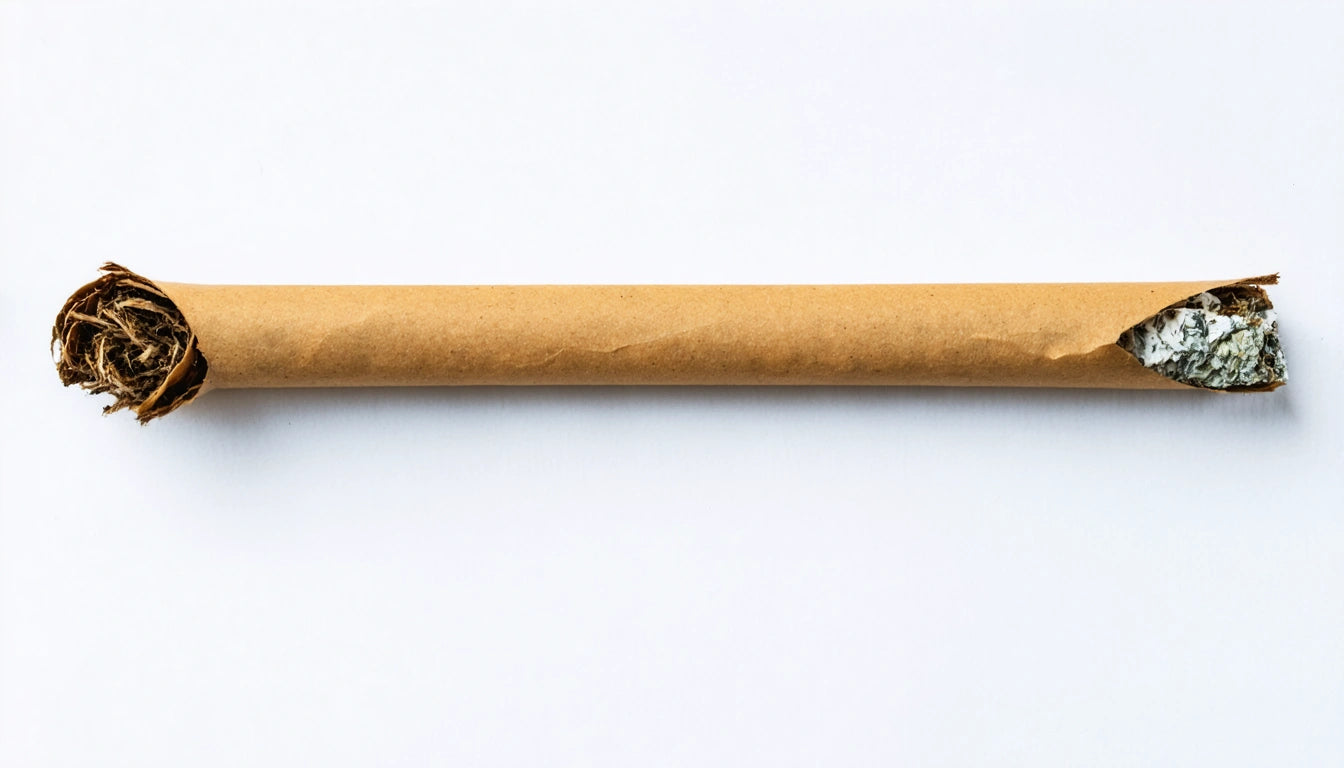Table of Contents
Understanding Kief: Production, Usage, Composition, and Quality Concerns
Kief represents one of the most potent forms of cannabis concentrate available to consumers. This powdery substance consists of the resin glands (trichomes) that contain the highest concentration of cannabinoids and terpenes found in the cannabis plant. Whether you're looking to enhance your smoking experience or create homemade concentrates, understanding kief's production, composition, and proper usage is essential for cannabis enthusiasts.
What is Kief: Composition and Properties
Kief is primarily made of trichomes, the tiny crystal-like structures that cover cannabis flowers. These trichomes contain:
- Cannabinoids (THC, CBD, and others)
- Terpenes (aromatic compounds)
- Flavonoids (plant pigments with potential health benefits)
The composition of kief varies depending on the source plant, but it typically contains 50-60% THC, making it significantly more potent than flower, which averages 15-25% THC. This concentration explains why many consumers seek out kief for its enhanced effects.
According to research on kief appearance and THC content, high-quality kief has a light tan to golden color and a fine, powdery consistency. The finer the screen used to collect it, the purer the resulting product will be.
How Kief is Made: Collection Methods and Tools
Understanding how kief is made helps consumers appreciate its value and potency. There are several common collection methods:
Grinder Collection
The most accessible method for collecting kief is using a multi-chamber herb grinder with a kief catcher. As cannabis is ground, trichomes break off and fall through a fine mesh screen, collecting in the bottom chamber. This passive collection method requires patience but yields pure results over time.
Dry Sifting
For larger quantities, dry sifting involves gently agitating dried cannabis over a series of increasingly fine mesh screens. This separates the trichome heads from plant material, resulting in varying grades of kief depending on the screen size used.
Cold Method Extraction
Freezing cannabis before sifting makes trichomes more brittle and easier to separate from plant material. Some enthusiasts place their grinders in the freezer before grinding to increase kief yield.
For a comprehensive breakdown of these methods, this guide to making kief offers detailed instructions for both beginners and experienced users.
Using Kief Effectively: Consumption Methods
Once collected, kief can be consumed in various ways:
- Topping: Sprinkling kief on top of bowl packs or inside joints ("crowning")
- Pressing into hash: Applying heat and pressure transforms kief into hash
- Vaporizing: Using at lower temperatures to preserve terpenes
- Cooking: Decarboxylating and adding to recipes
- Moon rocks: Creating potent nuggets by coating buds in oil then rolling in kief
Each method offers different experiences and efficiency levels. For those concerned about preservation, proper humidity control solutions can help maintain kief's potency and prevent degradation during storage, especially for larger collections that will be used over time.
Highlight: What is Kief Made Of?
Kief consists primarily of trichome glands that have been separated from cannabis flower. These glands contain the highest concentration of cannabinoids and terpenes in the plant, making kief essentially a natural concentrate averaging 50-60% THC content.
Are Kief Joints a Waste? Efficiency Analysis
A common question among cannabis consumers is whether rolling joints exclusively with kief is efficient or wasteful. There are several considerations:
Combustion Efficiency
Pure kief joints burn irregularly and often too quickly, leading to waste through sidestream smoke. The fine powder can also restrict airflow, making draws difficult and uneven.
Cost-Benefit Analysis
Given kief's higher potency and value, using it exclusively in joints may not be the most economical choice. According to this guide on smoking kief, mixing a small amount with flower provides enhanced effects while conserving your collection.
Alternative Approaches
Rather than rolling pure kief joints, consider these more efficient methods:
- Adding a thin line of kief to regular flower joints
- Creating a "sandwich" with kief between layers of flower in bowls
- Using kief in vaporizers at appropriate temperatures
These approaches maximize the effects while minimizing waste, making them more cost-effective for regular consumers.
Quality Concerns: Identifying Moldy Kief
Because of its concentrated nature, contaminated kief poses significant health risks. Knowing what moldy kief looks like is crucial for safe consumption:
Visual Indicators
Healthy kief should have a consistent color ranging from light tan to golden or greenish, depending on the source material. Signs of mold include:
- White or gray powdery patches different from trichomes
- Greenish-blue or black spots
- Webbing or unusual clumping
- Color changes in specific areas
Olfactory Clues
Moldy kief often develops a musty, basement-like smell distinctly different from the aromatic terpene profile of fresh kief. Any ammonia-like or sour notes can indicate bacterial growth.
Texture Changes
Contaminated kief may become unusually clumpy or develop a wet appearance, even without direct exposure to moisture. These texture changes often accompany visual indicators of contamination.
If you suspect mold contamination, it's safest to discard the affected product rather than risk respiratory issues or other health problems.
Preservation Techniques for Maximum Potency
Proper storage is essential for maintaining kief's potency and preventing quality issues like mold growth. Effective preservation methods include:
- Using airtight, UV-resistant glass containers
- Storing in cool, dark environments away from heat sources
- Controlling humidity levels between 55-62%
- Avoiding frequent opening of storage containers
- Considering refrigeration for long-term storage
For serious collectors, transforming kief into hash can provide a more stable form for long-term storage while also creating a versatile product for various consumption methods.
Understanding kief's production, composition, and proper handling ensures consumers can maximize its benefits while avoiding common pitfalls. Whether you're a casual user or dedicated enthusiast, these insights help navigate the concentrated world of cannabis with confidence and safety.
",










Leave a comment
All comments are moderated before being published.
This site is protected by hCaptcha and the hCaptcha Privacy Policy and Terms of Service apply.